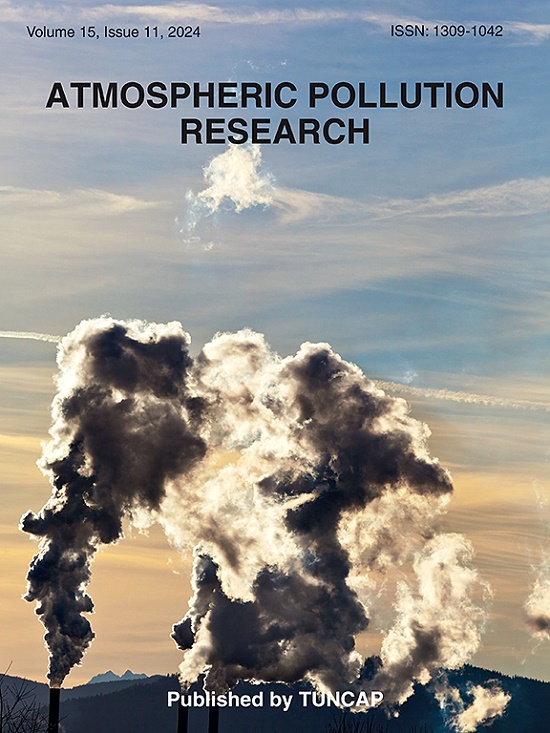Advancing urban air quality modeling with solar radiation-included computational fluid dynamics simulations
IF 3.9
3区 环境科学与生态学
Q2 ENVIRONMENTAL SCIENCES
引用次数: 0
Abstract
Air quality modeling is a challenging task due to the complex interactions among meteorological, chemical, and physical processes. Accurate predictions require sophisticated models that can simulate these interactions under varying environmental conditions. This study advances micro-scale urban air quality modeling knowledge by considering solar radiation-included Computational Fluid Dynamics (CFD) simulations. Using data on air pollution concentration monitored in Antwerp, Belgium, this research evaluates the benefits of incorporating non-isothermal conditions and solar radiation into CFD air pollution dispersion models compared to the traditional neutral boundary layer assumption. The study analyzes twelve hourly meteorological case studies under non-isothermal conditions with solar radiation included to assess the accuracy and performance of both approaches. Findings reveal that the non-neutral CFD model outperforms the neutral model in 75% of the scenarios, with differences in the concentration maps ranging from 8% to 32%. These disparities significantly affect the identification of concentration hotspots and pollutant level predictions. Accuracy assessments against in-field monitored data show notable reductions in relative errors for the non-neutral model, averaging 21%, compared to 40% for the neutral model. While both models perform similarly under low wind speed and low solar radiation conditions, the non-neutral model generally demonstrates superior performance under higher solar radiation and more variable wind speeds. Overall, the non-neutral model offers an improvement factor of around 2 compared to the neutral model. The integration of solar radiation in CFD simulations represents a significant advancement in urban air quality modeling, with promising implications for enhancing air quality management and urban planning decisions.

求助全文
约1分钟内获得全文
求助全文
来源期刊

Atmospheric Pollution Research
ENVIRONMENTAL SCIENCES-
CiteScore
8.30
自引率
6.70%
发文量
256
审稿时长
36 days
期刊介绍:
Atmospheric Pollution Research (APR) is an international journal designed for the publication of articles on air pollution. Papers should present novel experimental results, theory and modeling of air pollution on local, regional, or global scales. Areas covered are research on inorganic, organic, and persistent organic air pollutants, air quality monitoring, air quality management, atmospheric dispersion and transport, air-surface (soil, water, and vegetation) exchange of pollutants, dry and wet deposition, indoor air quality, exposure assessment, health effects, satellite measurements, natural emissions, atmospheric chemistry, greenhouse gases, and effects on climate change.
 求助内容:
求助内容: 应助结果提醒方式:
应助结果提醒方式:


